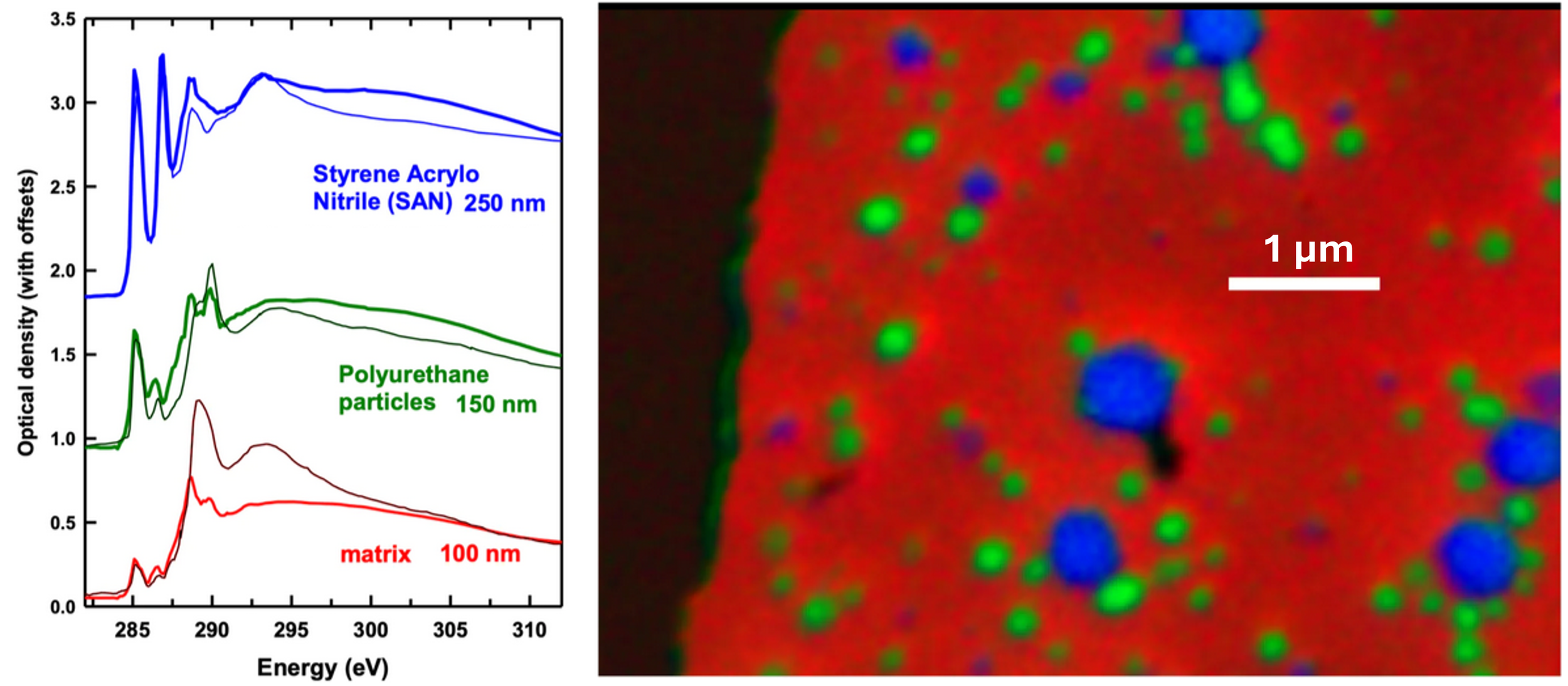Thinking of submitting a beamtime proposal for STXM? Join and learn the ins and outs of how to set up a successful experiment. The MAX IV Call for Proposals (for beamtime in autumn) is open from 12-26 of February. Read more here: https://www.maxiv.lu.se/user-access/
When: 09:00-10:30, 18 February, 2025
Where: Zoom, link to be shared upon registration
Speaker: Adam Hitchcock, McMaster University, Canada
Description: Tree, tissue or titanium oxide nanotubes: whatever your sample, if you need chemical information on a microscopic scale, maybe scanning transmission x-ray microscopy (STXM) is something to try! Or are you already considering writing an application for beamtime, then this Introduction and Question session is for you. We have leading STXM expert Prof. Adam Hitchcock on hand to help you design the experiment that gives you answers to help your science. A short STXM introduction will be given by Karina Thånell, beamline scientist at the SoftiMAX beamline.
STXM is a soft x-ray technique, whereby a 20-50nm x-ray beam is raster scanned across the sample and the transmitted intensity in each pixel is used to build a 2D image. Next, the incoming beam enegy is stepped through an x-ray absorption edge, so that an absorption spectrum is stored in every pixel. Chemical (and magnetic) states can be distinguished and so give microscopic information about eg. oxidation state (Fe2+ vs Fe3+) or molecules (lignin vs cellulose) in heterogenous materials. NB: samples need to be fairly thin (0.1 – 5 micron) for soft x-rays to penetrate and the features of interest should be around (several) 100nm.
Who should attend: Prospective users who want to try STXM and need some help in understanding how it works, and want to learn how to plan an experiment properly
Speaker bio: Adam Hitchcock was born and educated in Canada (B.Sc., Chemistry, McMaster, 1974; Ph.D., Chemical Physics, University of British Columbia, 1978). His research focus is inner shell excitation spectroscopies and spectromicroscopies, including instrumentation, technique development, and novel applications. A professor at McMaster since 1979, his group has studied inner shell electron energy loss (EELS) spectroscopy of gases and surfaces, using home built instruments. In 1980 he started synchrotron experiments, initially hard X-ray spectroscopy of materials at Cornell (USA), then soft X-ray spectroscopy of gases at LURE (Orsay, France) and SRC (Madison, USA). In 1994 he began research with soft X-ray transmission microscopes (STXM) and photoemission electron microscopes (XPEEM) at the Advanced Light Source (Berkeley, USA). His group developed the first STXM which successfully implemented optical interferometry to control positioning of the sample relative to the focused X-ray beam. That innovation was pivotal in the (relatively) rapid expansion of the STXM technique. In collaboration with other Canadian synchrotron radiation users, he helped establish the Canadian Light Source (CLS, Saskatoon). From 2002 – 2013, he was scientific lead of the CLS spectromicroscopy beamline, which is currently equipped with 2 STXMs and a PEEM. In 2006, he was awarded fellowship of the Royal Society of Canada (FRSC, Canada’s highest scientific honor), for his contributions to development of X-ray microscopy and the CLS. His current research is focused on technique developments of STXM and ptychography, and their application to energy materials, in situ electrochemistry, magnetotactic bacteria, and catalysts for CO2 reduction. With contributions from others, he wrote and supports the analysis of X-ray images and spectra (aXis2000) software which is used by many researchers in the X-ray spectromicroscopy community.
If you don’t receive a registration confirmation please check your spam mail.
During our events we sometimes take photographs and short film clips to profile our activities. Please let us know if you don’t want to be in any photos/films before we start the event. Some webinars are recorded to be used for educational purposes in the LINXS website.
By registering to our events you give your permission to LINXS, according to the General Data Protection Regulation (GDPR), to register your name and e-mail address to be used for the sole purpose of distributing newsletters and communications on LINXS activities.


